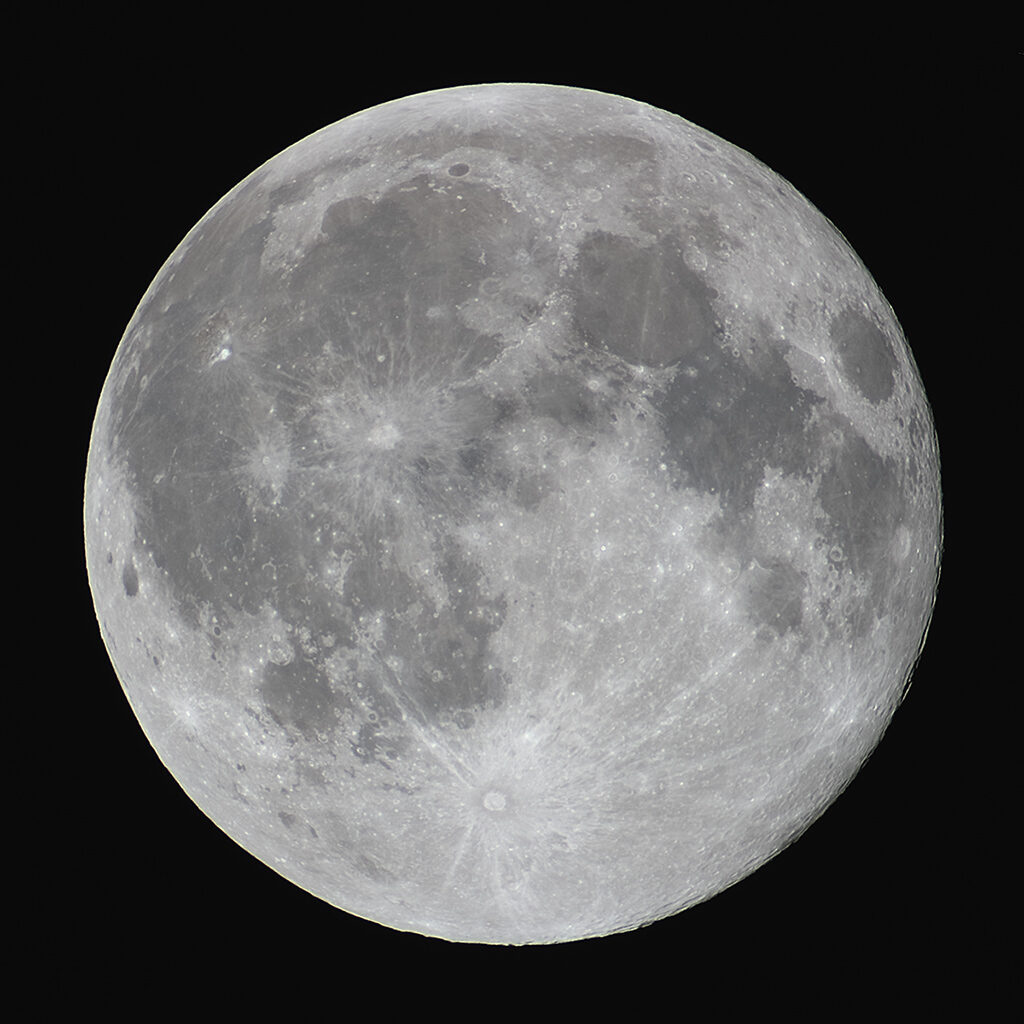
Telescope: Unitron 155c 4” f/15
Camera: Canon EOS Ra
Filter: 2” GSO IR Cut Filter
Exposure: 64×1/500sec, ISO 1600, saved as RAW
Seeing: Poor, 2/5
White Balance: Nebulosity Automatic
Software: Backyard EOS, Autostakkert, Registax, Nebulosity, Photoshop
This is quick image of the full Pink Moon taken with my Unitron 155c and Canon EOS Ra.


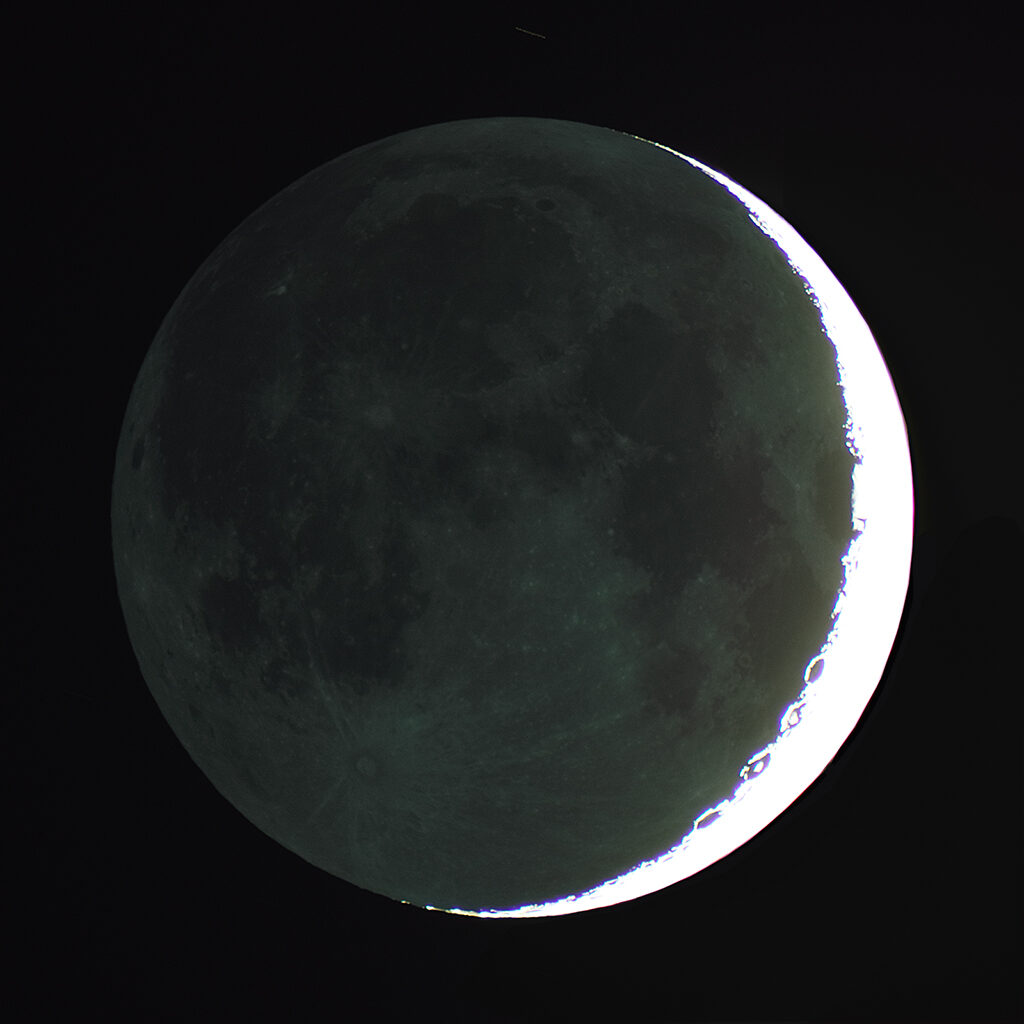
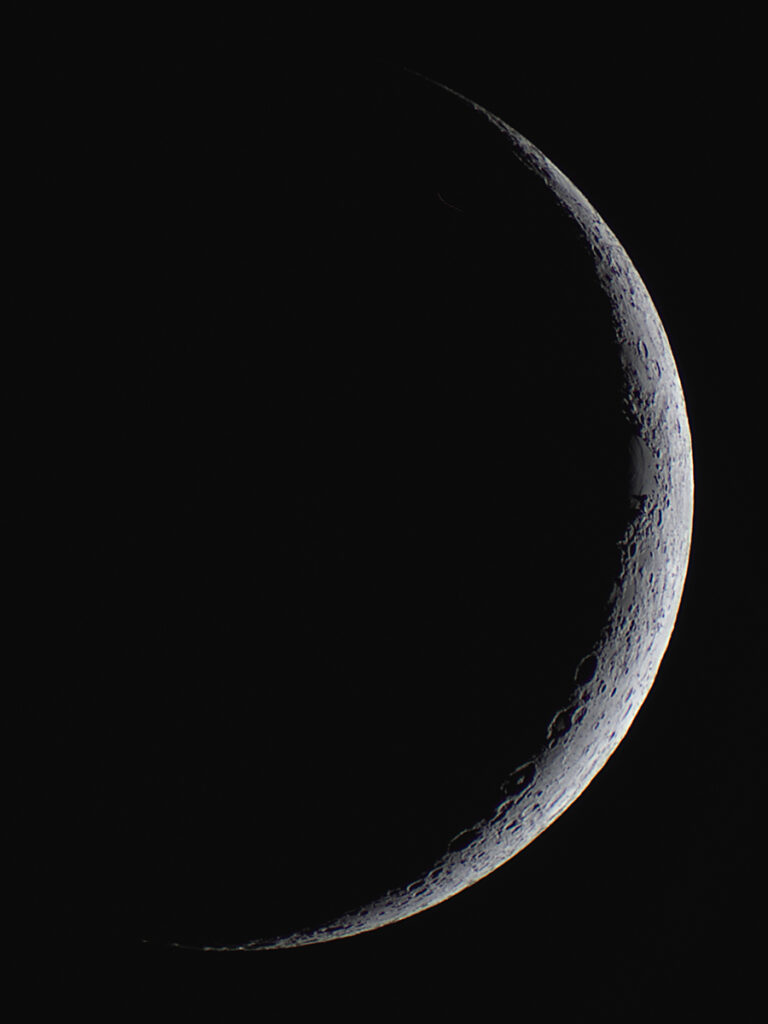

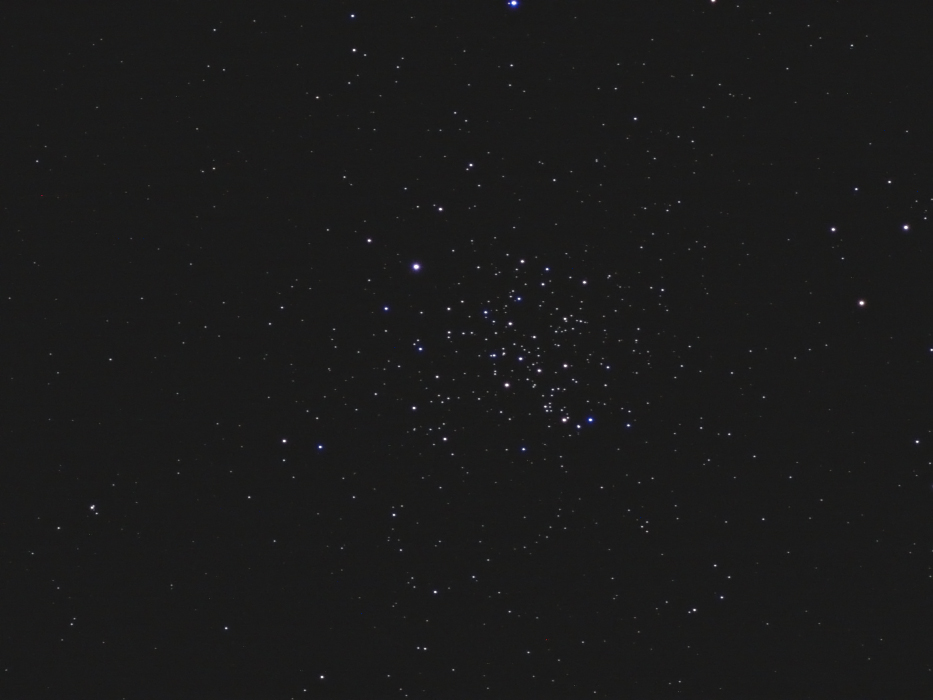


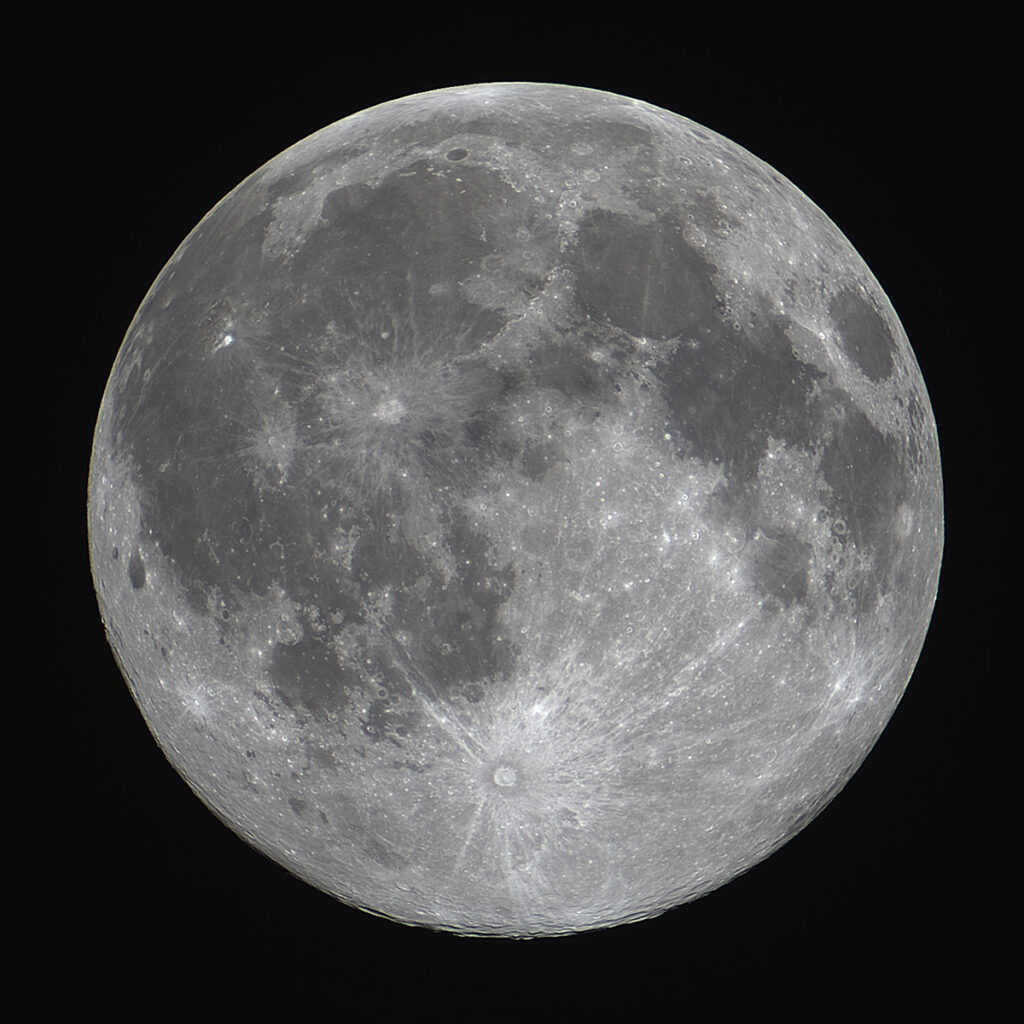
Recent Comments